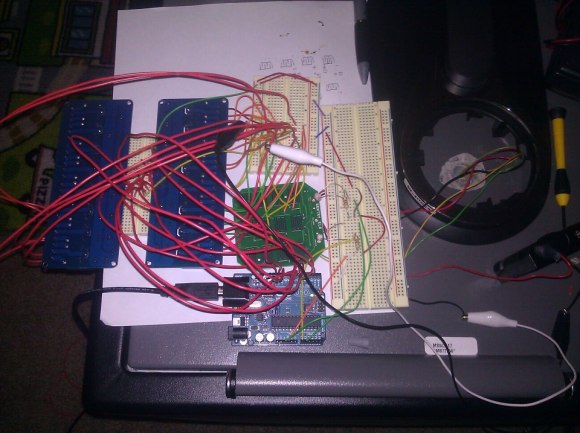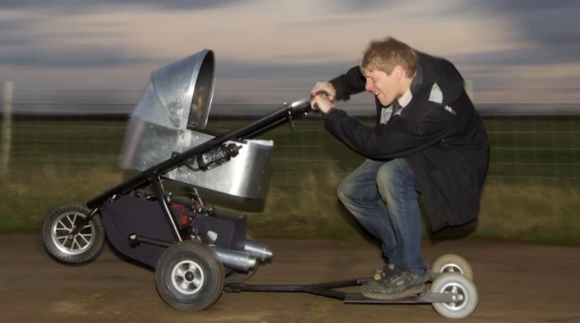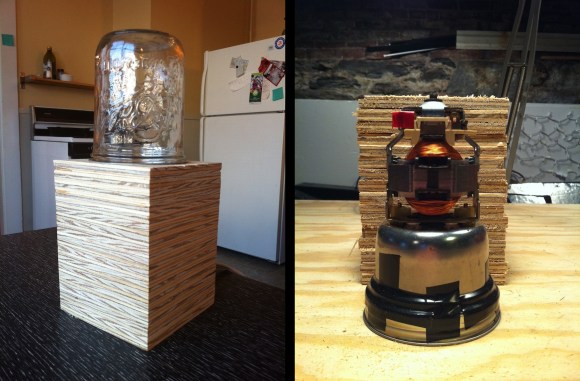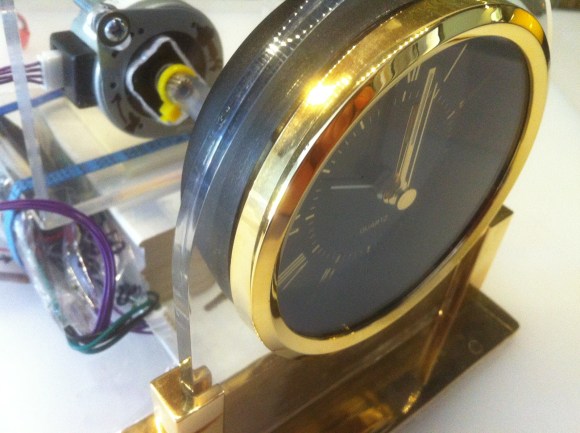It’s kind of a convoluted title, but [Hudson’s] attempt to replace multiple HID Prox cards with one AVR chip didn’t fully pan out. The project started when he wanted to reduce the number of RFID access cards he carries for work down to just one. The cards use the HID Proximity protocol which is just a bit different from the protocols used in most of the hobby RFID projects we see. He ended up taking an AVR assembly file that worked with a different protocol and edited it for his needs.
The device above is the complete replacement tag [Hudson] used. It’s just an AVR ATtiny85 and a coil made of enameled wire. The coil pics up current from the card reader’s magnetic field, and powers the chip through the leakage on the input pins (we’ve seen this trick a few times before). The idea he had was to store multiple codes on the device and send them all in a row. He was able to get the tag to work for just one code, but the particulars of the HID Prox reader make it difficult if not impossible to send multiple codes. The card must send the same code twice in a row, then be removed from the magnetic field before the reader will poll for another combination.


















